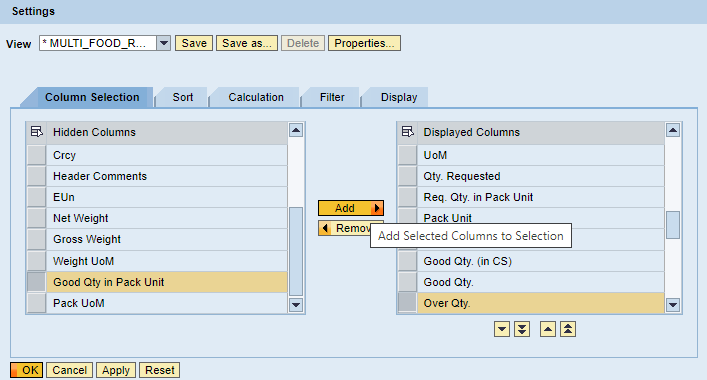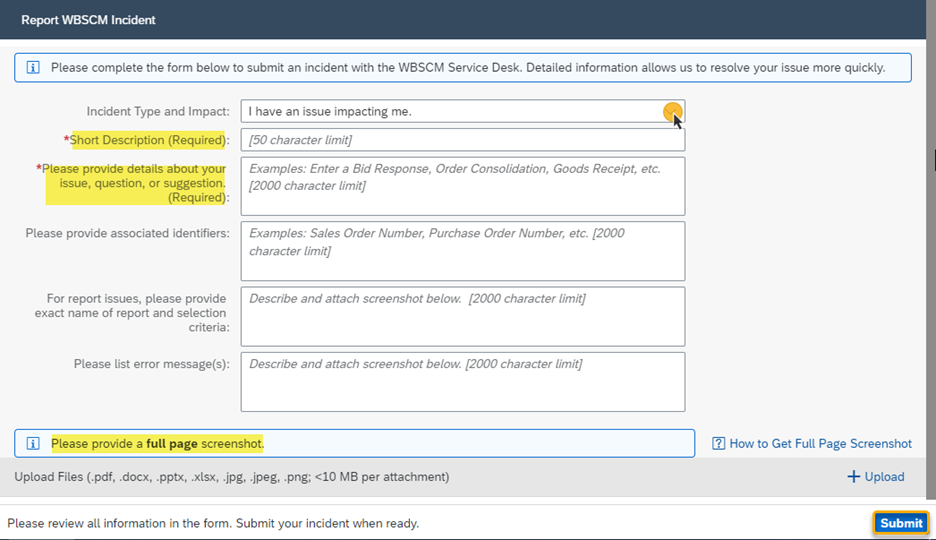
Supporting Kosher and Halal-Observant Communities Through TEFAP
On April 27, 2023, FNS hosted a webinar to provide State agencies and food banks with information about how TEFAP can support cultural and religious practices around food, particularly those serving kosher and halal observant communities. The webinar featured panelists from State agencies and community organizations who have successfully implemented processes to serve these specific communities. Panelists shared best practices for serving kosher and halal observant communities through TEFAP, as well as the impacts on storage, staffing, and distribution efforts. A recording of this webinar can be found here. Stay tuned for the next webinar on this topic planned for Summer 2023!
|

Bonus: Halal Lamb
In March 2023, USDA awarded bids for halal certified lamb through a Section 32 purchase. The halal certified lamb will be delivered to food banks from June 1, 2023 through October 31, 2023. Purchases made under the authority of Section 32 of the Act of August 24, 1935 are done to encourage the continued domestic consumption of these products. For more information about halal foods in TEFAP, please visit the “Halal Foods in TEFAP” webpage and download the new factsheet!
|

Let’s Talk About Shell Egg Safety!
Do you receive shell eggs? Do you know the best practices to keep them safe? If not, look no further! The following tips will help you safely receive, store and handle shell eggs in FNS household programs, including TEFAP.
Safety of Shell Eggs in Distribution
Receiving and Storage
When you receive shell eggs, be sure to check the temperature of the delivery unit by using a stem thermometer and placing it inside of the unit. To do this, complete the following steps:
- Crack the door open and quickly place the stem thermometer inside. Be sure to complete this step quickly so air does not escape and affect the temperature of the unit.
- Close the door and allow approximately 10 minutes for the stem thermometer to adjust to the inside temperature of the unit.
- Crack the door, retrieve the thermometer, and close the door fully. Immediately read the stem thermometer for its temperature, which should read 45° F or below.
- When storing, be sure shell eggs are kept at a temperature of 45° F or below.
For additional information, review the Proper Temperature Assessment when Receiving Deliveries of Shell Eggs video, and this resource from the USDA Agricultural Marketing Service (AMS).
Safety of Shell Eggs in Households
Storage and Handling
Households should keep shell eggs at a temperature of 40° F or below to maintain quality and safety. Store them in the refrigerator until ready to use. Do not leave eggs out of the refrigerator for any length of time. Discard eggs that are cracked. For more information on food safety and refrigerated foods, check out this factsheet.
|

Conference Recap: Anti-Hunger Policy Conference
On May 7-9, 2023, the Food Research and Action Center and Feeding America co-hosted their annual Anti-Hunger Policy Conference right here in Washington, D.C., in cooperation with the National Child and Adult Care Food Program (CACFP) Forum. The purpose of this conference is for participants to learn legislative best practices, explore innovative advocacy methods, and network to help them better fight hunger in their local communities.
The USDA Foods teams held a session to provide updates on TEFAP and CSFP and hear feedback from stakeholders on challenges and successes from the past year. The USDA Foods team provided updates on funding, what it means for our programs with the end of the Public Health Emergency, dollars spent and pounds purchased for Fiscal Year 2023, and recent collaborations and research to better understand the needs in supporting kosher and halal-observant communities.
|

Conference Recap: American Commodity Distribution Association Conference
This year, the American Commodity Distribution Association annual conference was held in Anaheim, California, from April 16-19, 2023. This conference is a great opportunity for USDA, States, schools, food banks and industry to come together under one roof to learn, share and network with a common goal of providing healthy foods to program participants.
Members of the USDA Foods team attended the conference and presented on over ten different topics to conference attendees, as well as participated in panel discussions and Q&A sessions as both moderators and presenters. Sessions presented by USDA Foods staff included:
- Understanding USDA Foods from Entitlement to Title Transfer
- Using FFAVORS to Manage USDA DoD Fresh
- The USDA Foods Database
- Promoting Local Foods in the USDA Supply Chain
|
Optional Report Fields Available for Pack Units and Storage Type
With the May release, WBSCM materials now have reportable data for pack units. Several new optional fields, including calculated pack unit totals for requested quantity and good quantity, can be added to the Order Status Report, Requisition Status Report, Multi-Food Requisition Report, and related reports. The Pack Unit description and Storage Type are also available. Refer to the May WBSCM Release Notes for further details.
Screenshot of Multi Food Requisition Report showing new optional fields: Storage Type, Req. Qty in Pack Unit, and Pack Unit.
To add optional fields, click the Open Settings icon to display fields for customizing the report layout.
Screenshot of the Open Settings icon (person with a wrench) on the left side of the displayed report panel
Then, select the new fields from the Hidden Columns section on the left and then Add to move them to Displayed Columns. Users can change the position of the new fields by using the arrows below this section to move the selected field up or down. Click Apply to update the displayed data.
 Tip: Save the customized layout, and it will be available as a drop-down View option next time this report is generated. Click Save as… at the top of the Settings section and enter a name (no spaces).
For more information about customizing reports, refer to the Working with Standard WBSCM Reports Job Aid at Help > Training > Job Aids > Reports (JA).
New WBSCM Incident Reporting Tool
With the March 2023 release, users can submit incidents to the help desk from within Web-based Supply Chain Management (WBSCM). The form walks the user through the information needed to analyze issues and concerns. Providing these details with the initial incident helps the WBSCM Service Desk to resolve problems more quickly.
To enter an incident:
1. From the main page, click on Report Incident in the upper right area of the screen.
 2. Complete the WBSCM Incident form. First, select a type of incident. A short description and details about the issue, question, or suggestion are required. Include other information as relevant.
3. Upload a full-page screenshot. Guidance is available under the How to Get Full Page Screenshot
4. Upload additional attachments such as reports or data files, as needed.
5. Click Submit.
 After submitting an incident, users will receive an email to confirm that the WBSCM Service Desk has received the information.
All monthly changes are documented in the Release Notes, which may be accessed in WBSCM at Help > Training > Release Notes.
For questions about WBSCM, please use the new form to submit an incident or contact the WBSCM Service Desk.
WBSCM User Feedback Sessions
Based on interest expressed at the ACDA conference in April 2023, the Technology Branch has begun hosting monthly WBSCM user feedback sessions for SDA and RA users. These sessions are an opportunity to identify challenges and opportunities for potential enhancements and future trainings in WBSCM. The first meeting was held in May 2023. If you are interested in participating in future sessions, please contact Samantha Escamilla.
System Releases & Announcements
- 06/25/2023 – FFAVORS 4.3 Release
- 06/29/2023 – WBSCM 2.06 Release
- 07/27/2023 – WBSCM 2023R4.2.07 Release
Planned dates for system activities are subject to change.
|